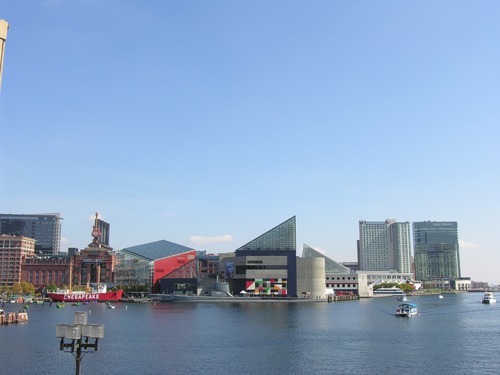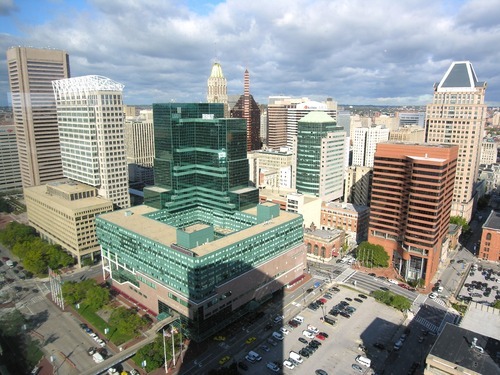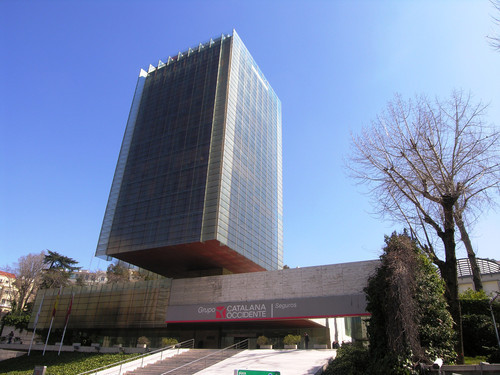Some lament the cease-and-desist against 23andMe’s personal DNA profiling kit. I don’t, too much.

[Of course, a picture. Belém, Portugal: Into the Great Unknown, quite possibly never to return (in the olden days; for seamen this tower statistically would very probably be the last thing they would ever see of their homeland)]
I can understand that some may want their personal genetic footprint, e.g., when one already has an inkling there may be some bad omens in them but these can be undone by (hopefully not too severe) lifestyle changes. Fair enough.
But already in the ‘not too severe’, there’s a catch.
From history (including ‘worthwhile’ history i.e. folk tale, worthwhile for its life lessons beyond data points on kings and queens that are boring and mostly irrelevant for us today) we learn only the omens that have panned out, not the maybe many more ones that lead to nothing.
So, once one knows one’s personal DNA profile, and if (not when) one would from that know the increases, however slight (sic), in probabilities of all the possible diseases that one could, statistically!, get, one could, theoretically, change one’s lifestyle so pervasively that the chance (!) of outbreak of some disease or ailment could be lowered. By what amount, one is (sic) unsure. For how long one can postpone the ‘inevitable’, same. What to do when life style changes conflict for one future disease as opposed to the other, unknown. That one will die in the end, fact.
And, what would you want from life ..? Even living in the most ‘preventative’ way may not help; one is quite completely unsure about that. What does one sacrifice ..? All life’s pleasures, all one’s freedom ..!
Of course the bigger stupidities that are so clearly unhealthy can be done without.
But where to draw the line? Because preventative behaviour also includes the little things one can do without with some effort; but bad stuff in moderation can be good against some other health risk or one would revert to living on artificial ingredients only (e.g., not wine but only the healthy particles in it; who knows what overdoses, who knows how much is still healthy – re-read the story of Job’s pancreas and that actor that got pancreas problems by Job’s fruitarian diet –, who knows whether artifical ingredients work the same as natural stuff maybe only in combination with other neutral or ‘bad’ stuff… and on and on…)
So one misses the pleasures of life and also is unsure about the benefits.
And would you want to live a miserable life, possibly a little or somewhat longer than a full and enjoyable one? Is that what life is for? Or is one to enjoy life, in moderation preventing the obvious no-no’s, and through that be much happier than otherwise – as if happiness hasn’t been demonstrated to be one darn good preventative medicine in the first place. One might actually live longer by giving everything a little (…) try!
Plus, at what age would one want to change one’s life? Does one bother one’s spouse with all the austerity (probably) implied? What if the life you had, bound you together? Get a divorce, be even more miserable, etc..? And would you force your children to life such a miserable life (certainly compared to the non-believers they play with)? Where does abuse start?
And, the fullness of life is to be cherished and enjoyed. Risks, the fundamental unknow of the future, makes it worthwhile. An angst-driven panicked effort to eradicate all risks, will never succeed. Be reasonable and embrace the risks you can bare. Death will not be a risk but a certainty, and with moderate joy in life, one circumnavigates the stupid mistakes while having a fun trip.
And if you would actually know all that is going to happen to you (otherwise, you could not predict which diseases you’d get ..! think that one through, it works out that way), why live at all? You’d be using up resources without any benefit, you will have lived your life already. Your life would dissolve ..!
So, I have quite some questions that may be answered one by one, but in the end ‘One shouldn’t count arguments, one should weigh them’ (Cicero). Genome testing: ethically limited demand.
[Written up while being generally healthy, enjoying in moderation some, not even ‘all’, pleasures of life.]







 [Madrid; danger exites even if quite balanced, safety kills with boredom]
[Madrid; danger exites even if quite balanced, safety kills with boredom] [Ronda, Spain]
[Ronda, Spain] [Generalife, Granada]
[Generalife, Granada] [Looks like legend, but simply (?) is Segovia, Spain]
[Looks like legend, but simply (?) is Segovia, Spain]